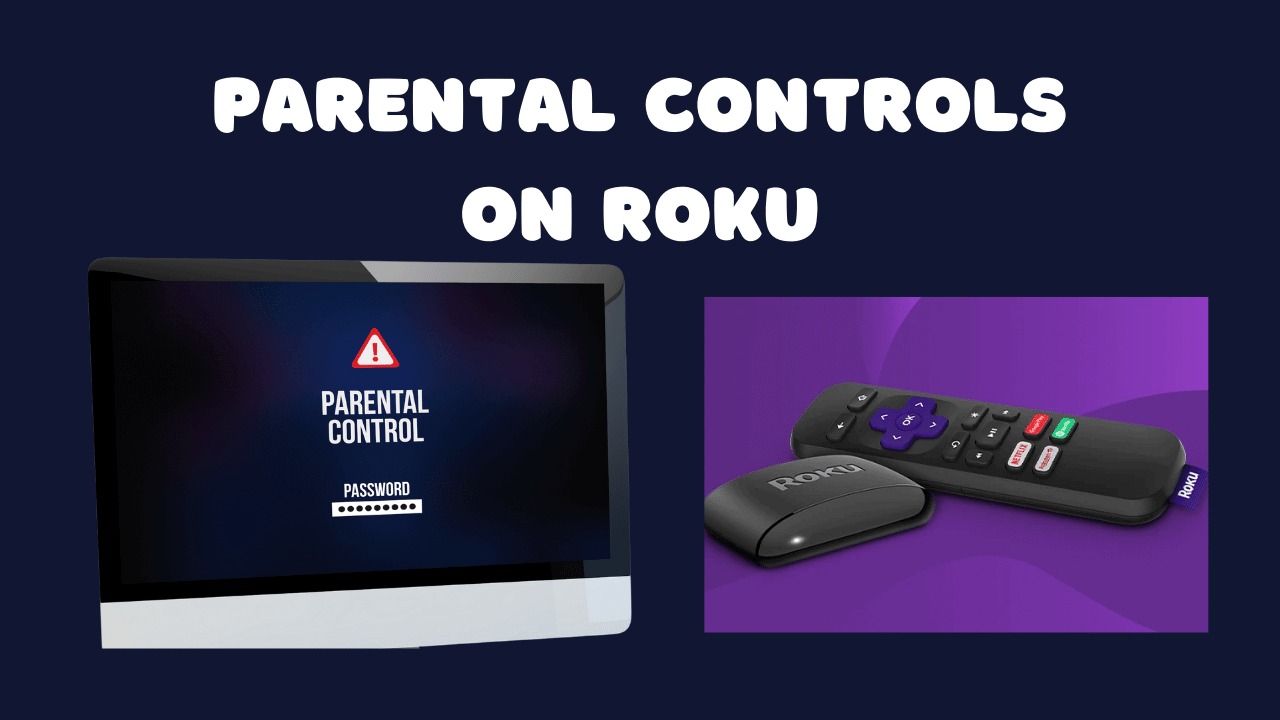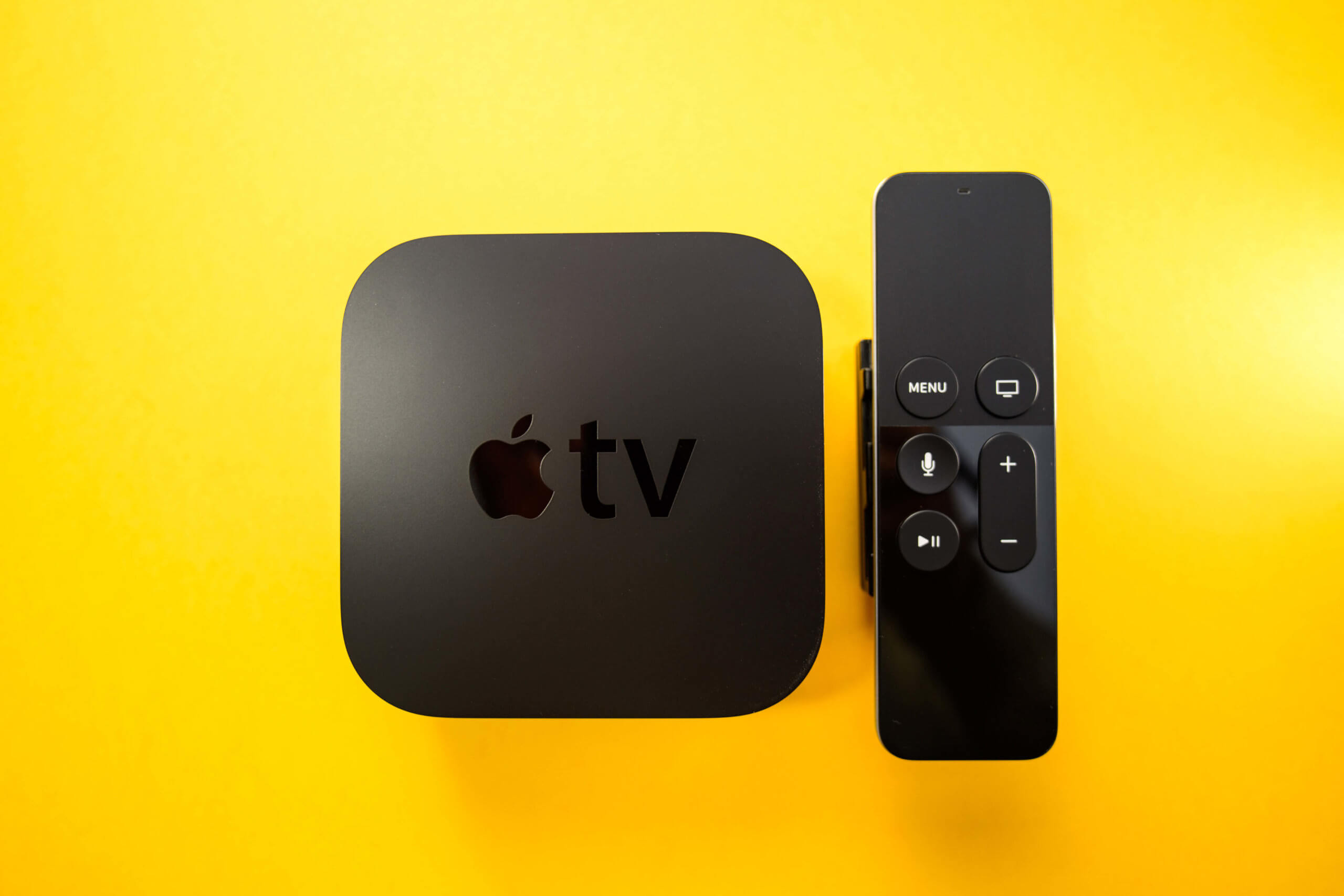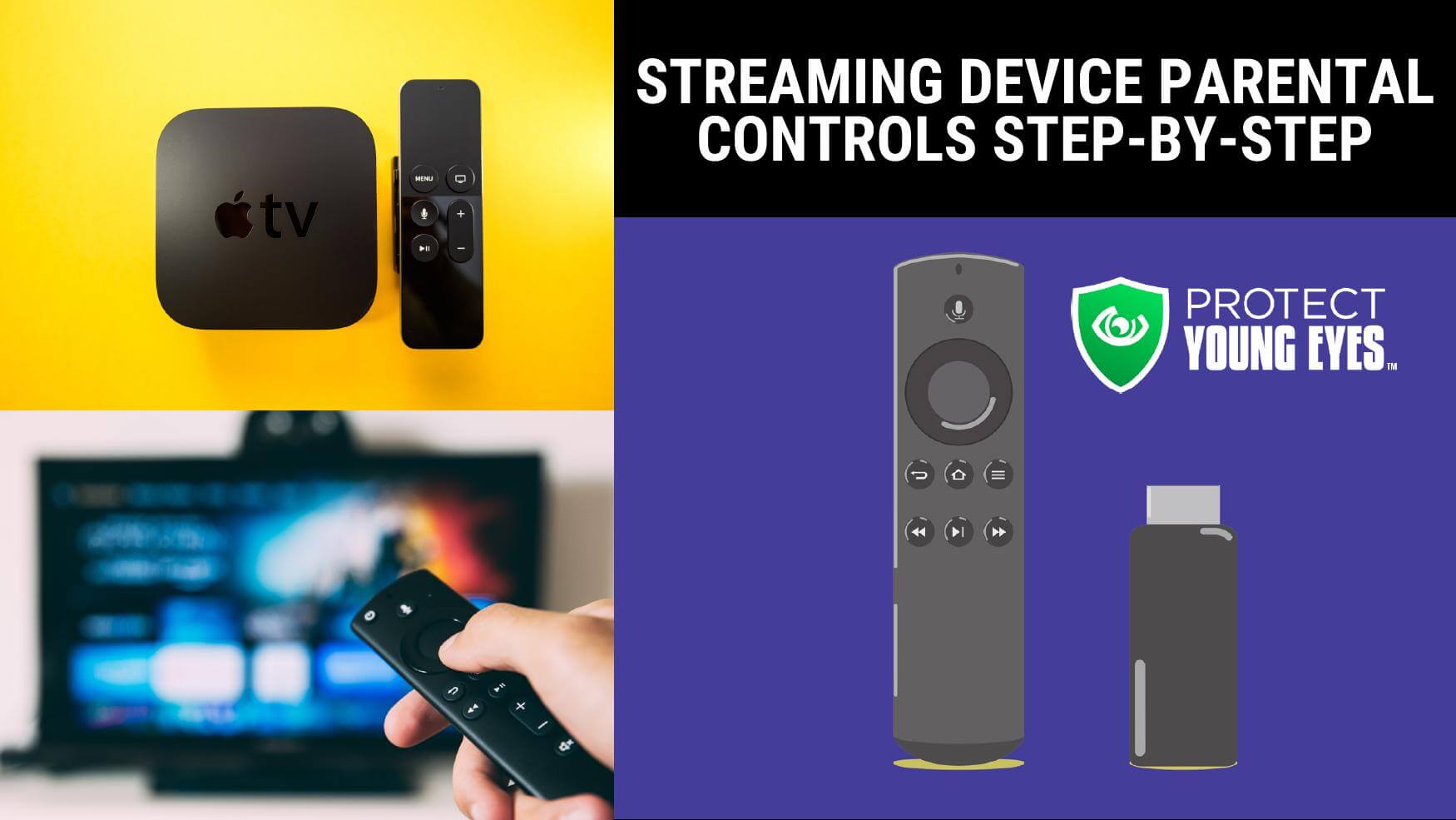In an era of boundless streaming options, the best streaming device with parental controls emerges as a guardian angel for families seeking a safe and responsible viewing experience. With the proliferation of inappropriate content on streaming platforms, these devices empower parents to establish clear boundaries and cultivate a wholesome digital environment for their children.
From content filtering to time limits and purchase restrictions, parental controls provide a comprehensive suite of features to tailor the streaming experience to your family’s unique needs. By leveraging these powerful tools, you can rest assured that your children are exploring the vast world of streaming content safely and responsibly.
Introduction
Parental controls on streaming devices are essential to safeguard children from exposure to inappropriate content. Studies have shown that a significant portion of content on streaming platforms is not suitable for children, including violence, sexual content, and strong language.
According to a 2021 study by Common Sense Media, over 70% of popular streaming services offer content rated TV-14 or higher, which is not appropriate for children under 14. The study also found that over 50% of streaming services offer content rated R, which is not appropriate for children under 17.
Types of Parental Controls
Streaming devices offer various types of parental controls to help parents restrict access to inappropriate content. These controls may include:
- PIN locks:Require a PIN number to access certain content or features.
- Content filters:Block content based on age ratings, s, or categories.
- Usage limits:Set time limits for device usage or specific apps.
- Purchase restrictions:Prevent children from making purchases without parental approval.
- Monitoring tools:Allow parents to track their children’s viewing history and receive notifications about inappropriate content.
Types of Parental Controls

Parental controls on streaming devices empower parents to manage their children’s online experiences, ensuring they access age-appropriate content and spend time wisely. These controls vary in their functionality, but commonly include:
Content Filtering
Content filtering allows parents to restrict access to specific types of content based on ratings, categories, or s. This feature empowers them to block inappropriate content such as violence, sexual themes, or profanity, creating a safer viewing environment for their children.
If you’re looking for the best rear speakers to enhance your surround sound experience, be sure to check out the forum best rear speakers for surround sound. You’ll find plenty of recommendations and discussions from audio enthusiasts to help you make an informed decision.
Time Limits
Time limits enable parents to set daily or weekly screen time restrictions for their children. This feature helps regulate excessive screen usage, ensuring children engage in other activities, such as homework, play, or family time.
Purchase Restrictions
Purchase restrictions prevent children from making unauthorized purchases through streaming services. This feature is particularly important for in-app purchases, where children may unknowingly spend real money on virtual items or subscriptions.
Best Streaming Devices with Parental Controls

### Comparison of Top Streaming Devices with Parental Controls| Device | Features | Price | User Reviews ||—|—|—|—|| Amazon Fire TV Cube | Advanced parental controls, voice control, hands-free Alexa | $119.99 | 4.5 stars || Roku Streaming Stick 4K | Simple parental controls, affordable, supports 4K HDR | $49.99 | 4 stars || Apple TV 4K | Comprehensive parental controls, AirPlay support, high-quality streaming | $179.99 | 4.5 stars || Chromecast with Google TV | Google Assistant integration, personalized recommendations, parental controls | $49.99 | 4 stars |### Overview of Parental Control Capabilities Amazon Fire TV Cube:
- Pin-protected parental controls
- Restrict access to specific apps, movies, and TV shows
- Set time limits for screen usage
- Manage purchases and subscriptions
Roku Streaming Stick 4K:
- Basic parental controls
- Restrict access to certain channels and streaming services
- Set a PIN to prevent unauthorized changes
Apple TV 4K:
- Advanced parental controls
- Restrict access to specific content based on ratings, genres, and s
- Set screen time limits
- Manage purchases and subscriptions
Chromecast with Google TV:
- Google Assistant-based parental controls
- Set age restrictions for content
- Restrict access to specific apps
- Manage screen time limits
How to Set Up Parental Controls

Setting up parental controls on streaming devices is crucial to ensure your children’s online safety and privacy. Here’s a step-by-step guide to help you get started:
Streaming Device Options
- Roku:Navigate to “Settings” > “Security” > “Parental Controls” to set a PIN and restrict content based on age ratings.
- Amazon Fire TV:Go to “Settings” > “Parental Controls” to enable a PIN and set content restrictions, including purchase approvals.
- Apple TV:Under “Settings” > “General” > “Restrictions,” you can create a passcode and limit access to apps, movies, and TV shows based on age ratings.
- Google Chromecast:Parental controls are not directly available on Chromecast, but you can use the Google Family Link app to manage screen time and content restrictions for your children’s devices.
Additional Tips
- Use strong passwords:Create complex passwords for your streaming accounts to prevent unauthorized access.
- Monitor activity:Regularly check your streaming device’s history to monitor your children’s activity and make adjustments as needed.
- Talk to your children:Openly discuss internet safety and the importance of responsible online behavior with your children.
Tips for Effective Parental Control: Best Streaming Device With Parental Controls
Implementing parental controls is just the first step towards responsible streaming habits. To maximize their effectiveness, parents should actively monitor their children’s streaming activities and establish clear boundaries.
Monitoring involves regularly checking the streaming history, reviewing watched content, and observing children’s reactions to different shows or movies. This helps parents understand their children’s interests and identify any potential concerns or red flags.
For those seeking a high-quality listening experience on the go, the beats studio 2.0 wireless over ear headphones offer exceptional sound and comfort. Their advanced noise-canceling technology and sleek design make them a top choice for discerning music lovers.
Set Clear Boundaries, Best streaming device with parental controls
Establishing clear boundaries is crucial for effective parental control. Parents should communicate their expectations to their children regarding appropriate streaming content, time limits, and consequences for violating these rules.
These boundaries should be age-appropriate and tailored to each child’s individual needs. It’s important to explain the reasons behind these rules and encourage children to understand the potential risks associated with unsupervised streaming.
Open Communication
Open and ongoing communication is essential for effective parental control. Parents should encourage their children to talk to them about their streaming habits, concerns, or any content that makes them uncomfortable.
By creating a safe and open environment, parents can foster trust and build a strong relationship with their children, making it easier to guide them towards responsible streaming habits.
Alternatives to Streaming Devices
While streaming devices offer convenience and robust parental control features, there are alternative ways to access streaming content with parental controls.
One option is to use a virtual private network (VPN). A VPN encrypts your internet connection, making it appear as if you are accessing the internet from a different location. This can be useful for accessing streaming services that are not available in your region or that have different content restrictions.
Another option is to use a dedicated streaming service with parental control features. These services typically offer a wider selection of content than streaming devices and provide more granular parental control options.
VPNs
- Pros:
- Can access streaming services that are not available in your region.
- Can bypass content restrictions.
- Can protect your privacy.
- Cons:
- Can slow down your internet connection.
- Can be expensive.
- Not all VPNs offer parental control features.
Dedicated Streaming Services
- Pros:
- Offer a wider selection of content than streaming devices.
- Provide more granular parental control options.
- Can be more user-friendly than streaming devices.
- Cons:
- Can be more expensive than streaming devices.
- May not have all the features of streaming devices.
- May not be available in all regions.
Last Word
As the digital landscape continues to evolve, the best streaming device with parental controls will remain an indispensable tool for parents navigating the complexities of online entertainment. By embracing these innovative devices and implementing effective parental control strategies, we can empower our children to make informed choices and cultivate a positive and enriching streaming experience.
Key Questions Answered
What are the key features to look for in a streaming device with parental controls?
Content filtering, time limits, purchase restrictions, user profiles, and monitoring capabilities are essential features to consider.
How can I set up parental controls on my streaming device?
Refer to the device’s user manual or online support resources for step-by-step instructions.
What are some alternative ways to access streaming content with parental controls?
Using a VPN or a dedicated streaming service with parental control features are viable alternatives.